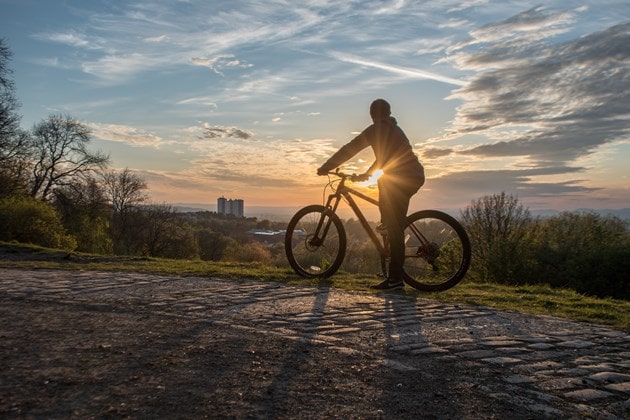Sector - Health
COVID Drives Use of Urban Greenspace

More people have visited urban greenspace since the start of the COVID-19 pandemic, which demonstrates the importance of green infrastructure for health and wellbeing.
Fembrae Meadows in South Lanarkshire is among the sites to have seen this increase, with visitor numbers jumping from 14,947 in June 2019 to 95,697 in July 2020 – a massive increase of 640%.
This site is one of seven to have received a share of more than £15 million in funding allocated by NatureScot under the first phase of the ERDF Green Infrastructure Fun, which seeks to improve access to greenspace in some of the most deprived communities in Scotland.
Working in partnership with South Lanarkshire Council, the former private golf course at Fembrae Meadows has been rejuvenated into a new urban park. The increased use of space mirrors research, carried out by NatureSot, which shows a big rise in the number of people who visited outdoors and enjoyed nature in the last year.
Survey also found a rise in the proportion of people visiting outdoor sites at least once a week, from 64% in August 2019, to 71% during the initial lockdown from March to May, and 80% between August and September 2020.
Green Infrastructure Fund projects across Scotland are helping people living in urban areas to access green spaces and benefit from spending more time outdoors in nature.
NatureScot Chief Executive Francesca Osowska said: “In what has been such a difficult year for everyone, it is great to see that so many people were able to make use of vital new urban greenspaces like Fernbrae Meadows.
“The COVID-19 global pandemic has demonstrated as never before how important a nature-rich environment is for everyone.
“At NatureScot we want everyone to have the opportunity to connect with nature close to where they live and access all the benefits of quality green spaces for both mental and physical wellbeing.
“Our Green Infrastructure Fund is targeting investment to places that need it most and that don’t currently have good access to greenspaces and nature, including some of the most deprived parts of the country.”
Despite a challenging year, Green Infrastructure Fund partnership projects have celebrated a number of successes, with milestones including:
- The completion of landscaping works and beginning of planting by Southside Housing Association and the local community at Halfway Community Park at Moss Heights, Glasgow.
- The beginning of work to create a woodland retreat to be known as ‘Malls Mire’ at Toryglen in Glasgow, in partnership with Clyde Gateway, Urban Roots, Glasgow City Council and Sustrans.
- Newbattle Abbey College’s Forest College project, supported by the Green Infrastructure Community Engagement Fund, which picked up a Nature of Scotland Youth and Education award.
- New path works by the RSPB’s Garnock Connections project is facilitating public access to new woodland planted during the lockdown, alongside innovative use of digital tools for mapping local heritage trails and recording wildlife in the project area.
If you would like to read more stories like this, then please click here
Related Articles
More Health News
- RAAC removal progress
26 Sep 25
The government has announced significant progress in its RAAC programme.
- Modular frameworks create a monumental opportunity for UK public sector construction
5 Sep 25
Modular Buildings 3, allows public sector organisations to access a verified list of modular construction
- Bouygues UK appointed for children’s hospital in Cambridge
21 Aug 25
Bouygues UK has been awarded the contract for Cambridge Children's Hospital,






